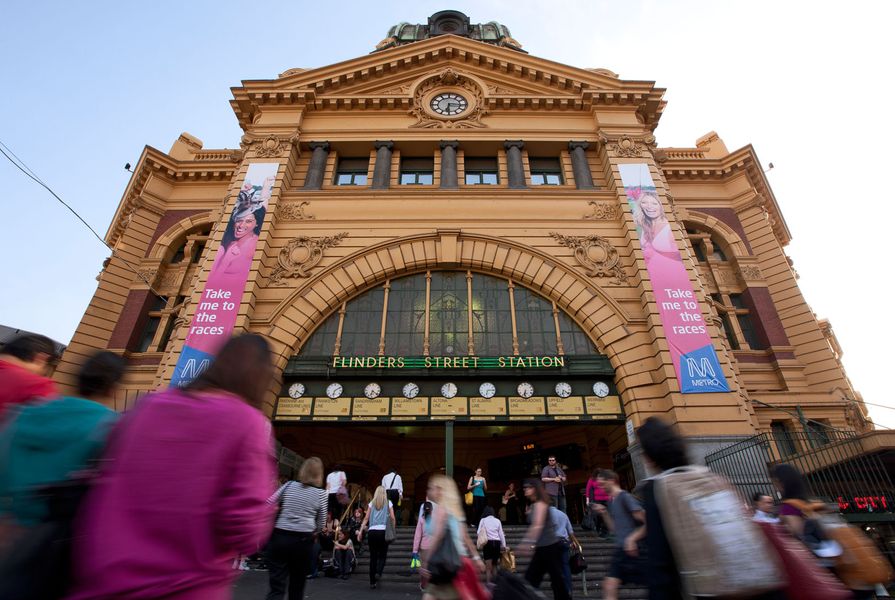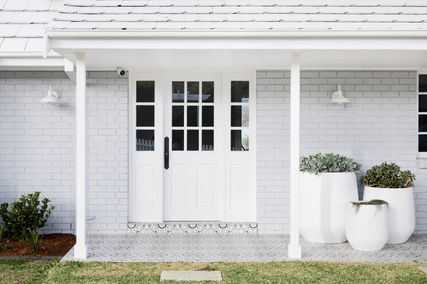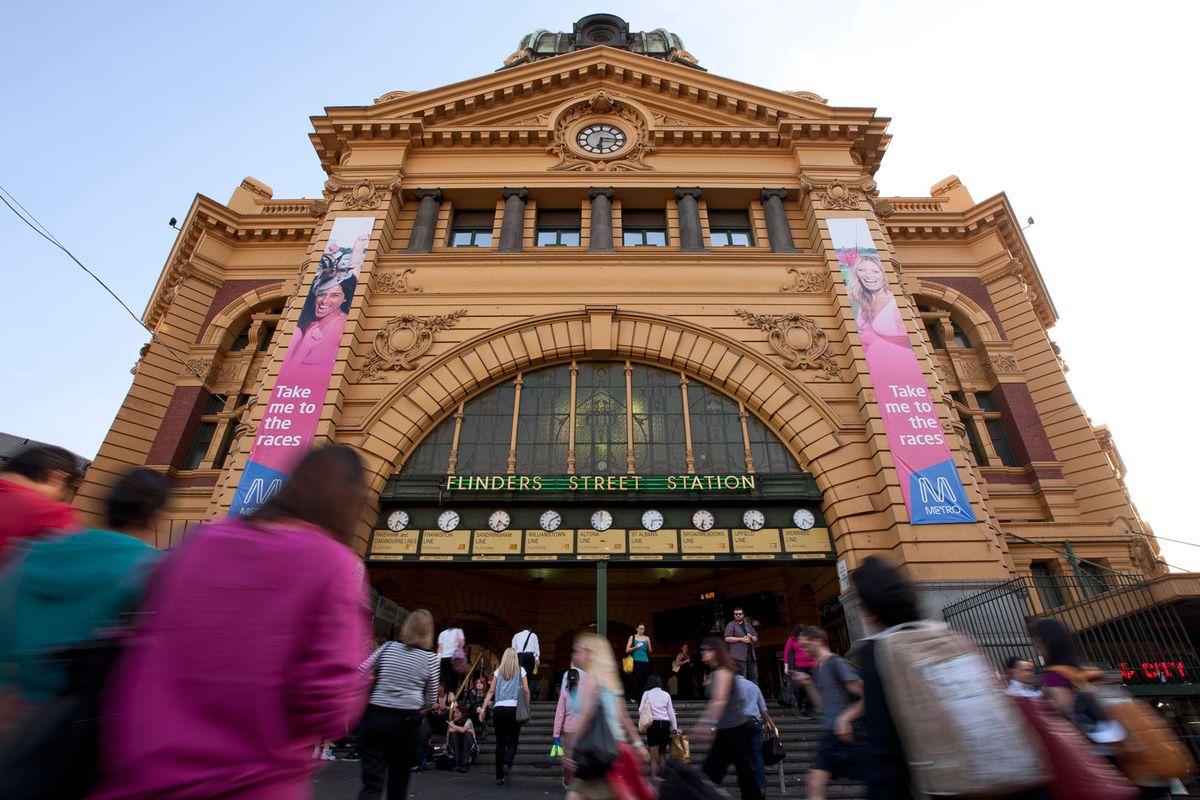Something rare and wonderful is about to happen in Melbourne. After a month-long occupation of some of the off-limits quarters in Flinders Street Station, the Contemporary Site Investigations (CSI) collective of artists is about to unveil its acoustic and visual interventions into the city.
For four weeks, the CSI artists have been creating site-specific artworks in parts of the historic building that have been unoccupied for twenty years. Their mandate was to let the space speak to them and influence their creative output. It’s an esoteric brief at best, but the energy on site during the last week of preparations was palpable and invigorating.
Melbourne artist Cameron Robbins set up a makeshift studio in a belfry of the clock tower. On a roof deck beside one of the copper domes he erected a homemade contraption, powered by the wind and rain, that renders “weather drawings” in pen; no two could ever be the same. The machine has been drawing day and night and Robbins has date-stamped and documented each picture for a future exhibition.
In the process of occupying the space, the CSI artists have lovingly cleaned their designated areas, squirrelling away found objects and building detritus like busy beachcombers. Some have been kept and catalogued to add to the building’s story – a chapter on dereliction, perhaps.
“After I cleaned out the space, I spent a few days up here just looking, noticing the building’s scars and stains and quirks,” says Robbins. “I loved the idea of making tiny gardens where the leaking roof has left stains on the concrete floor.” He has gathered little scenes of lichen and terracotta on the stained concrete floor, waiting for the next rain. Another of Robbins’s interventions includes what he calls the “Cabinet of Potential,” an old Victorian Railways shelving unit in which he has assembled building detritus into vignettes of counterbalanced objects as a reference to the two-storey gearing mechanism that drives the station’s venerable clocks.
Other artists have been filming and photographing the spaces and making sound recordings to play to the public over this weekend event, beginning Friday 19 October.
The beautifully decaying ballroom.
Image: Major Projects Victoria
On Thursday 18 October two grand pianos were brought into the centre of the grandly decaying ballroom to be played by Elizabeth Drake, Caroline Almonte and Vanessa Tomlinson. Their two-piece repertoire includes Canto Ostinato by Dutch composer Simeon ten Holt and Piano Phase by American minimalist Steve Reich. For the complex phasing of Canto Ostinato, Drake and Almonte will take spatial cues directly from the ballroom with its ornately plastered ceiling, peeling paint and parquet, and crystal clear acoustics. As a counterpoint, Drake and Tomlinson play Reich’s Piano Phase, as a rapid-fire harmony to the energy of the station. The recorded performances will be played over Federation Square, on the station platforms and through the station’s dome down onto the steps. At the same time, paperboys will be handing out “broadsheets” showing all the artworks in the project; this is part of Campbell Drake’s work Past and Present.
Over the weekend, time-lapse photographic documentation and lighting works will also be broadcast to the big screen at Federation Square, revealing some, though not all, of the other artistic interventions. “It’ll be really interesting to see the public engagement with all the pieces,” says the event’s co-producer, Philippa Abbott.
Some of this artistic output will be kept and some – like the dust paintings James Carey did on the floor, while cleaning and cataloguing in the mailroom – will remain fleeting moments in time, though possibly their energy will imprint in the building. Abbott and others hope the project might encourage a designation of space within the building for a permanent collective of artists and designers. Time will tell.
With so many stakeholders and a recently announced shortlist of design royalty waiting to repurpose this building, one wonders how much of its fragile beauty, that the artists have revelled in, will be allowed to remain. Building codes and public liability issues being what they are, one also wonders if anything this delicate could ever be built again.
Of his time there, Cameron Robbins says: “We’re unbelievably lucky to have been allowed to do this, and it’s going to be sad to leave when we finish. I’ve never had a studio so close to transport. I get the train straight into work and the station is literally beneath me.”
The CSI interventions into Flinders Street Station were produced by Philippa Abbott and Campbell Drake of A&D Projects. The project was commissioned by the City of Melbourne.



















